The content of the article
To understand whether you are pregnant or not is faster and easier with the use of special test strips: they can be purchased at any pharmacy and they are easy to use. Of course, the degree of accuracy of the result is inferior to clinical methods (blood test or ultrasound), and in some cases it is erroneous, but more often the test shows the real situation in the female body. But is it possible to determine the onset of pregnancy without using it? What signs can tell a woman that her body may be preparing for motherhood?
In anticipation of a desirable or, on the contrary, undesirable pregnancy, it is characteristic of women to listen with particular attention to their slightest sensations and changes in their state of health.Any of their manifestations, starting with the delay of the next menstruation and ending with thematic dreams, are taken into account and give hope or disappointment. Let us consider in more detail, on the basis of what signs can we conclude about the onset of pregnancy and how to evaluate them correctly.
Changes in the menstrual cycle
The first sign that a woman draws attention to, suggesting the onset of pregnancy is the delay of the next menstruation. Of course, this approach is logical: critical days for expectant mothers, as a rule, are absent.
This indicator can be guided in the case when a woman has a regular menstrual cycle, i.e. always begins after a certain number of days. If the duration often changes, then it is wrong to talk about its delay, since only what has happened before can lag late.
Among other things, even with an exact cycle, there are delays that are not related to pregnancy. The reasons for this phenomenon can be quite a lot:
- hormonal changes;
- taking any medication;
- nervous shock, depression, stress;
- various diseases, etc.
In some cases, even the most, at first glance, minor actions can lead to a delay of the next critical days, for example, overheating in the sun, an unusually high physical exertion, a rigid diet.
We should also mention the implant bleeding. Discharges of this type may appear as several brown drops in underwear approximately in the middle of the cycle or in its second half, 5-10 days before the beginning of the next menstruation. They are connected with the fact that the fertilized egg is introduced into a place suitable for attachment in the uterus, thereby forming a small “wound” on its surface. Such bleeding can rightly be called the earliest sign of pregnancy, but it is quite rare.
Basal temperature
Measuring basal temperature (BT) is another way to find out about the onset of pregnancy. However, there are some special features:
- Measurement of BT is first of all getting information about the likely change in the hormonal background of the body. It can be used to diagnose pregnancy as long as successful conception causes increased production of certain hormones.
- To make a conclusion about the onset or absence of pregnancy was reliable, the basal temperature should be started to be measured in advance, 2-3 days before the start of the next menstrual cycle, and the obtained values should be recorded in a notebook.
How to correctly monitor the basal temperature?
The menstrual cycle can be divided into two parts: before and after ovulation. The temperature of the body from its onset (about 36.6 degrees) to the maturation and release of the egg gradually rises, reaching a maximum by the time of ovulation (about 37 degrees). If conception happened, then during the second period of the cycle its indicators remain elevated. In cases where there is a gradual decrease in temperature, we can assume the absence of pregnancy.
Basal temperature is usually measured in the rectum, at least in the mouth and vagina. Indicators should be recorded daily in the morning, while still in bed after waking up and at the same time (the allowable difference is 30 minutes). For the measurement, you can use a normal mercury thermometer, the tip of which is inserted 2 cm inside the rectum for about 5-7 minutes.
The disadvantage of this method is its relative complexity: not everyone will be able to monitor their temperature for a month, strictly following the rules.
In addition, fluctuations in BT are not always the answer to changes in hormonal levels. Sometimes it can remain elevated due to illness, inflammatory processes of the urogenital area, stress, and even the use of alcohol on the eve. Therefore, it is only possible to rely on BT measurement data only if two conditions are met:
- Factors that can lead to higher values are excluded.
- The absence of any acute or chronic diseases that can accidentally distort the accuracy of the results of measurement of BT.
Changes in health: irritability, drowsiness, nausea
Very often, pregnancy is accompanied by signs that are completely optional, but to varying degrees, occur in most women.
These include:
- Changes in the emotional sphere: irritability, tearfulness or, conversely, unusual serenity;
- Changes in general well-being: drowsiness, increased or decreased appetite, fatigue;
- Physiological manifestations: soreness in the chest, feeling of heaviness and distention, slight soreness in the lower abdomen, weakness and some others.
Is it possible on the basis of such signs to make a conclusion about the occurrence of pregnancy? Indeed, in some women, from the very first days of pregnancy, there is toxicosis, shortness of breath, slight dizziness, appetite and digestive disorders, and pigmentation. These and other symptoms may smooth over time or, conversely, intensify.
However, in reality, the body very rarely responds to pregnancy with similar manifestations earlier than 1-2 weeks delay. Listening to the slightest changes in the state of their own bodies, women often exaggerate their own feelings and make hasty assumptions about the onset of pregnancy.
Therefore, try to really and adequately assess your well-being: is it really nauseating in the mornings or is you giving what you want (or, on the contrary, not the desired) for real?
Home laboratory
There are several ways to determine pregnancy, based on the biochemical changes in the composition of urine in women.
- Collect urine in a clean and dry container and add a teaspoon of regular baking soda.If it falls to the bottom in the form of sediment, it can be assumed that the pregnancy has come. Otherwise, the soda will react with uric acid to form bubbles on the surface of the liquid.
- Make a half liter of a weak solution of pale pink manganese. Then add some morning urine to it. If the color of the solution became lighter and slightly yellowed, then fertilization did not occur. But the appearance of small flakes and the preservation of the previous color of the liquid signal the onset of pregnancy.
- A drop of iodine added to freshly collected urine can help diagnose pregnancy. If she briefly lingers on the surface of the fluid, then the pregnancy is most likely to occur. In cases where the drop immediately spreads, fertilization did not occur.
- Dampen a strip of white paper in the urine and drip iodine onto it. If there is a pregnancy, the color will change to lilac or purple, and if there is no pregnancy, it will change to blue.
- Mix the urine collected in the morning with wine in equal proportions. If the resulting liquid becomes turbid and there will appear cheesy blotches, then we can talk about the onset of pregnancy.
- Bring a little urine to a boil in a metal dish and immediately pour it into a glass bowl. If you see flakes precipitated, then you can talk about pregnancy. But do not forget that the protein that curled up from the heat could get into the urine, and it is rather difficult to distinguish it from the flakes.
From the realm of the supernatural
If desired, you can select a group of signs of pregnancy that are not based on observations of changes in your own body and various studies. These include:
- dreams of fish, water, children, little animals;
- intuitive forebodings;
- signs: drink water from a glass of a pregnant woman, sit in her place, etc.
Of course, in some women the onset of pregnancy and some signs or dreams coincide. However, in most cases this is just a coincidence and no more. Rely on such methods in the diagnosis of pregnancy is not worth it.
Some are waiting for pregnancy with impatience, others do not want her offensive, but in any case, the woman needs a timely and accurate answer to the question of whether she is expecting a baby. Of course, it is better to do a blood test and get an accurate result or use a test to diagnose pregnancy.But if you do not have such an opportunity, then several popular methods and careful attention to changes in your own body will help you to draw a conclusion close to the real state of affairs.
Video: the first signs of pregnancy in the early stages


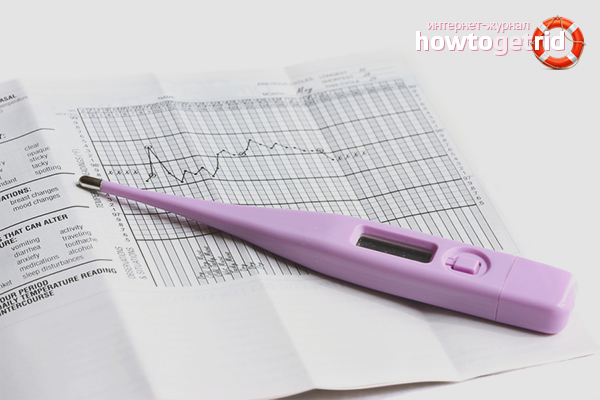

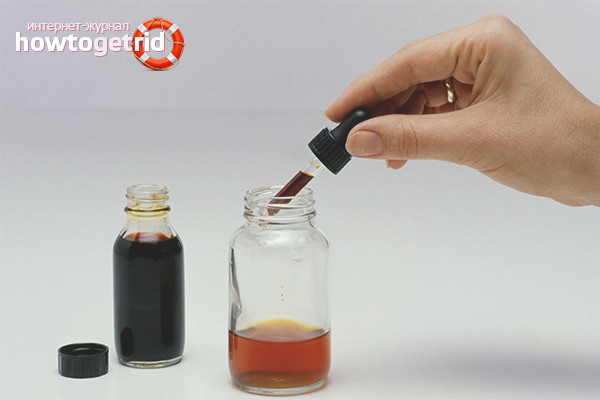





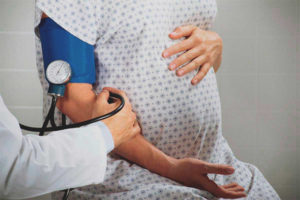
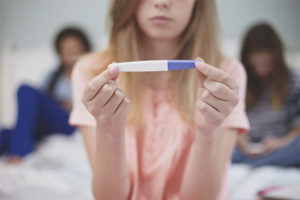
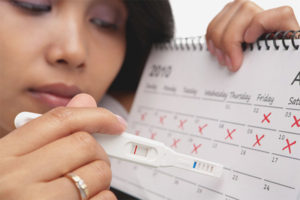

To send